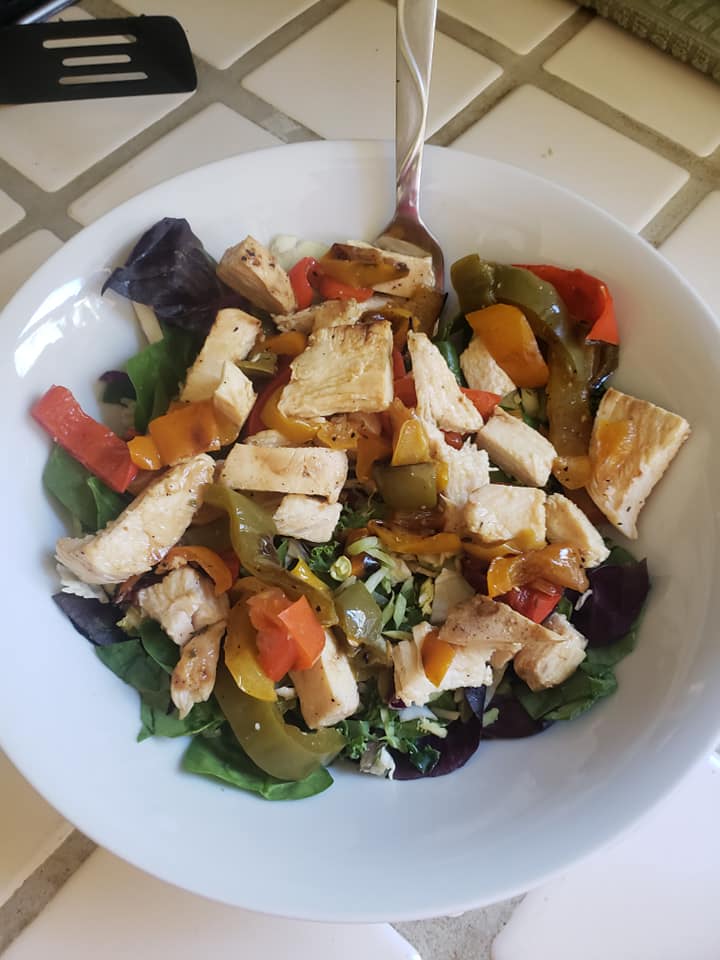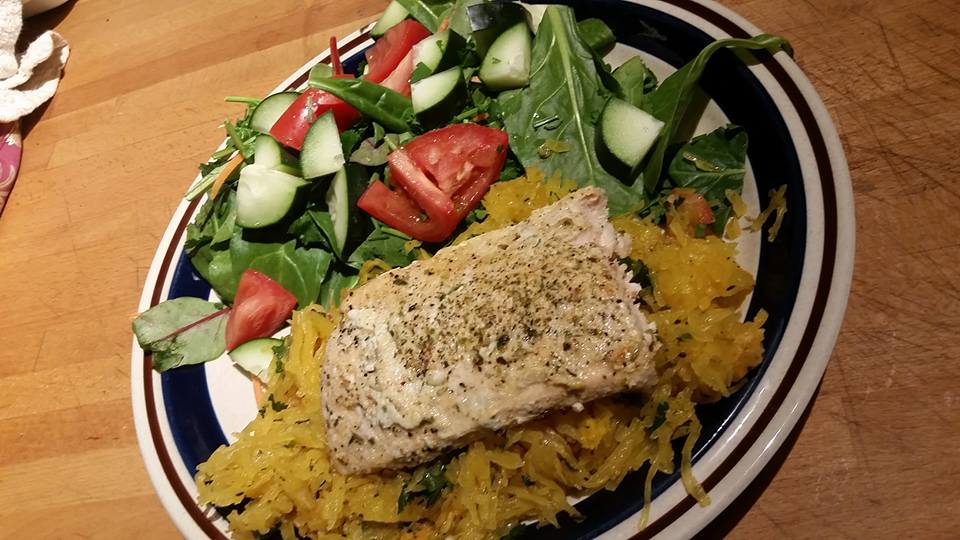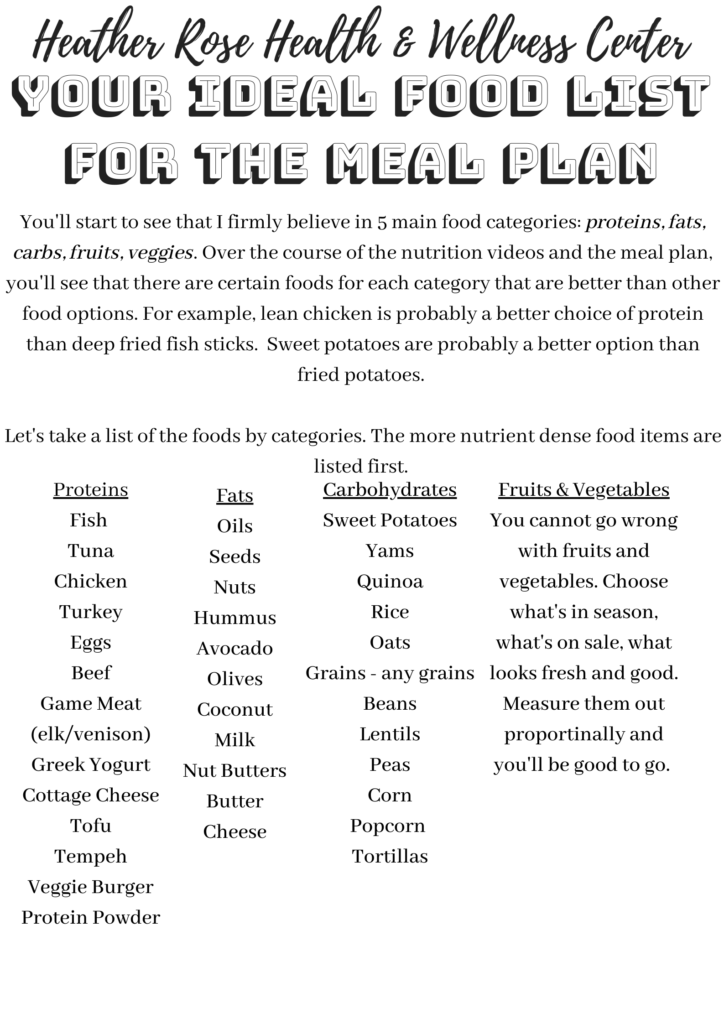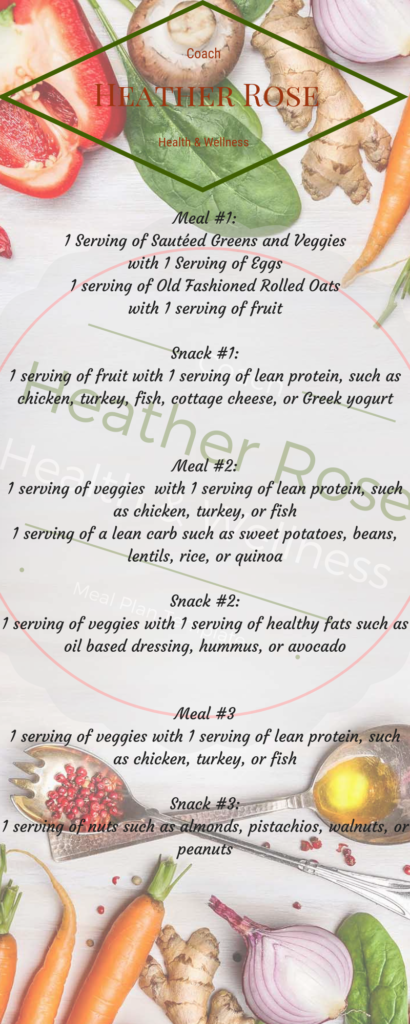We’ve all heard the phrases that there is “never too much of a good thing.” But when it comes to our food, how does that apply to our nutrients.
We all know what happens when you eat too much sugar (even in fruit), too much fat (even in seeds/nuts), or too much sodium. Surely we know what happens when we eat too many carbs, breads, pizzas, and pastries. Even recently our plant-based society has been very clear to us about what happens when you eat too much meat. And the keto flings have shown what happens when we consume too much protein in general. The effects of having too much of any of these are drastic, ranging from diabetes to heart disease, to obesity to the emotional concerns I blogged about last week.
But rarely do health gurus address the concerns of having too much vegetables or too much healthy foods in general. Can there be such a thing as, “too much of a good thing” when it comes to eating clean?
The answer is yes, there is a fine line of what portions are good for you and when you’ve had a bit too many. The reality is that your body can only absorb so many nutrients (vitamins +minerals) at a time. You can only process so much fiber at one time, right?
What happens when you take in too much food in one sitting is that your body has to decide to use, absorb, or excrete what you’ve consumed. However, when you’ve overeaten the true portions of fruits, vegetables, plant-based foods in general, protein, sweeteners, honey, syrup and other “healthy” options, your body will react in different ways prior to ever using, absorbing, and excreting the nutrients. Your body may respond via bloat, inflammation, aches/pains/cramps, constipation, or the opposite – diarrhea. Yes, these happen even with healthy foods such as kale, spinach, eggs, fruits, and more.
These reactions – bloat, inflammation, aches, pain, cramps, constipation, diarrhea – could be creating more gut, digestive, and intestinal issues than you started with prior to trying to choose healthy eating. It is super frustrating and makes it feel like being healthy isn’t worth it. The truth of the matter is that eating healthy and monitoring your food is hard work! Portioning, paired with ratios of food is hard freakin’ work. You cannot just say “but I eat so much fruit and vegetables, I should be so skinny.” Because it isn’t just about eating nuts and berries on salad all day and calling that nutritious.
So, where do you go from here and how do you handle that fine line of incorporating fresh produce into a nutrition plan without overdoing it and feeling gross?
As I have spoken about in the past: it comes down to PORTIONS + RATIOS together. What’s the difference? The difference is that with portions, you could portion out just one food group, eat that smaller amount and still feel gross if you are expecting your body to process it by itself. With ratios, you are creating the correct ratios of your macros (carbs/proteins/fat) to support your fruit and vegetable consumption. By using correct ratios, the digestive system of the body can function correctly without feeling clogged up, or opposite, greased up ready for quick excretion. The different portion sizes and ratios will depend on the specific person’s body and nutritional goals.
In terms of ratios – what should you “portion & pair” together in the correct ratios, and what should you avoid eating solo? Again, it is going to depend on the person and their body. In general, it is safe to say that you probably shouldn’t consume sugary carbs solo. Bread, pastas, bagels, desserts and such are going to make you feel bloated, inflamed, and fairly constipated when consumed on their own. However, if you opt for a healthy quality bread, paired with egg for protein and avocado for fats, you have paired and ratioed your carbs/protein/fat combination for improved digestion. It is also safe to say that you probably shouldn’t just eat protein and fats solo either – that’s nearly the keto diet and leaves your body without the correct carbohydrate/glycogen to function properly.
When speaking in terms of portions & ratios, it makes more sense to eat several times a day in what we’d call small “macro based meals” rather than just a couple large meals. For a sample template or food list: see the following visuals.
Starting with these lists in the correct portion sizes is a great start. Using these lists for the best foods gives you great options for salads, stir fries, stews and even breakfast omelets. For additional ideas of how to build a meal plan with these foods, never hesitate to reach out and/or utilize the nutrition program I’ve created.




